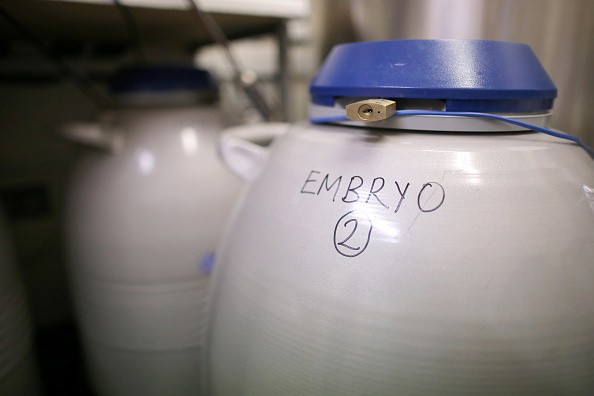A baby boy born on Wednesday, Feb. 24, made Chinese reproduction history by being the longest-preserved test tube baby in China. It is also a testament to the country’s frozen embryo transfer (FET) procedure.
Born to Li, a 40-year-old woman in Shaanxi Province, the boy has the new two-child policy to thank for that he was thawed 12 years after he was frozen as an embryo. The mother had polycystic ovary syndrome and blocked fallopian tubes which affected her fertility and ability to become pregnant.
In 2003, the woman began to attempt to get pregnant through in vitro fertilization. Doctors harvested 12 of her eggs and created 12 embryos using the sperm of her husband. Two fresh embryos were implanted in her womb and the seven others, considered still viable, were frozen, reported Global Times.
The following year, Li gave birth to a boy who is now 12 years old. Over those years, only three embryos – which she paid the facility three yuan (or 50 cents) per day for storage – survived the thawing process. In 2014, following the change of the one-child policy, Li had two embryos implanted in her womb, but only on survived.
The creation of more than one embryo at a time is because the Tangdu Hospital’s Reproductive Medicine Center has a more than 40 percent success rate of implanted thawed embryos, explained Wang Xiaohong, director of the center.
When Li started to freeze her embryos in 2003, it was also when Tangdu Hospital started to freeze embryos. After 12 years, the center has frozen around 100,000 embryos, thawed over 27,000 and led to the birth of 4,293 test tube babies, including Li’s second son.
Outside China, success rates in IVF cycles using frozen and thawed embryos, like Li’s second son, are equal to those who use fresh embryos of reproductive technology treatments in Australia and New Zealand, according to a report released in September 2015. It was the frozen embryo transfers that caught up with fresh embryos when it grew to 23 percent over the last five years up to 2013, while fresh embryo was steady at 23 percent for the same five-year period, reported Science Alert.



























